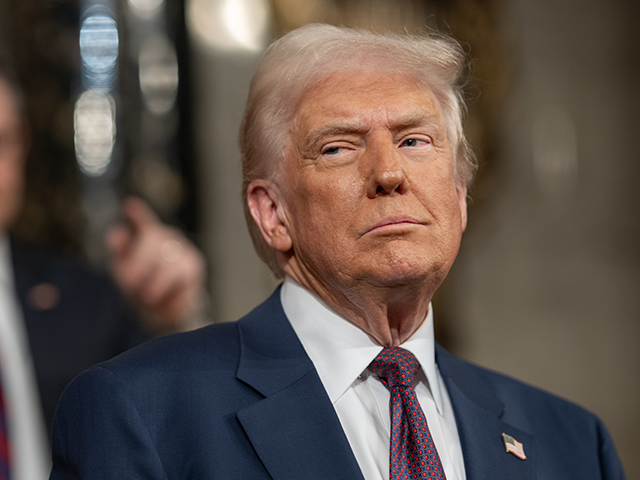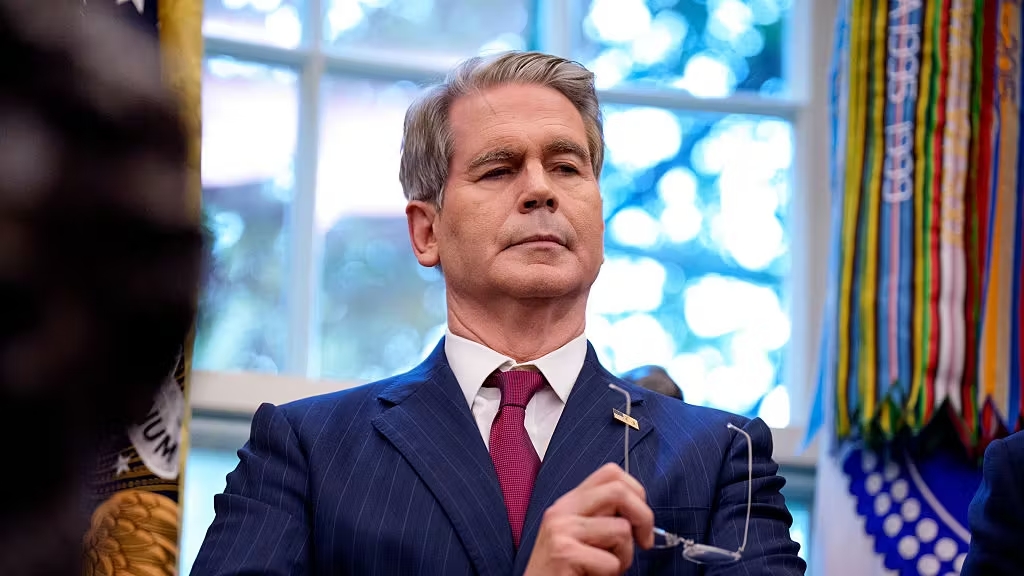Well, it looks like the swamp just got another layer of armor. A federal judge in California—yes, you read that right, California—has temporarily blocked President Trump’s administration from proceeding with mass layoffs of federal employees during the government shutdown. The judge, Susan Illston, a Clinton appointee, called the layoffs “unprecedented” and “arbitrary.” Apparently, the concept of trimming government waste now qualifies as a constitutional crisis.
Illston’s order halts all reduction-in-force (RIF) notices issued since October 10, freezing the administration’s efforts to downsize more than two dozen bloated agencies, from Treasury to Education. She’s also demanded a full accounting of layoffs and set another hearing for October 28. The kicker? She required the unions to post a mere $10 bond—a symbolic slap on the wrist—while rejecting the Justice Department’s request for a stay. Because apparently, when it comes to bureaucrats, even the smallest inconvenience is too much.
Turning Management into “Rulemaking”
The judge’s logic? She invoked the Administrative Procedure Act (APA)—a law that governs how agencies create regulations—to claim that the Trump administration’s internal management memo was a “final agency action” subject to judicial review. In plain English, she just transformed internal executive management into something courts can micromanage.
That’s quite the stretch. The APA was never meant to govern how the president manages federal employees. It regulates how agencies make rules that affect the public, not how they organize their own offices. But Illston went ahead and blurred that line, effectively turning the federal workforce into a legally protected class immune to reform. Her ruling sets the stage for every personnel decision—no matter how minor—to become a lawsuit waiting to happen.
In her opinion, she even complained that “human resources staff were told to issue RIF notices to themselves.” Maybe that irony was too much for her to handle, but let’s be clear: the administration’s plan wasn’t chaos—it was accountability. After decades of government bloat, the Trump administration saw the shutdown as a rare opportunity to right-size a bureaucracy that’s been expanding like a tumor.
The Real Issue: Constitutional Power
This ruling doesn’t just gum up Trump’s reform agenda—it’s a direct challenge to the Constitution’s separation of powers. When Congress refuses to fund the government, can the executive keep employees on payroll? Or must the president follow the Appropriations Clause and stop spending?
It’s a question that’s haunted every shutdown. The Constitution is clear: no money gets spent without Congress’s approval. Yet every administration—Democrat or Republican—keeps essential employees working during shutdowns under the fiction that “we’ll pay them later.” Everyone knows they’ll get back pay, meaning the executive branch is effectively borrowing money without congressional approval. That’s unconstitutional.
Judge Illston’s ruling only makes the contradiction worse. She argues that processing layoffs violates the Antideficiency Act because it requires work during a funding lapse. But if layoffs can’t happen during a shutdown, then how is any government work lawful under the same conditions? Her reasoning undercuts the entire shutdown system.
Shutdown Theater Meets Constitutional Reality
Let’s be honest: Trump’s team has been clear about the goal here—to use the shutdown to permanently slim down the federal bureaucracy. OMB Director Russell Vought even said it plainly: the shutdown is “an opportunity to stay on offense for the American taxpayer.” Vice President JD Vance added that “the deeper the cuts, the longer the shutdown continues.” That’s exactly the kind of fiscal discipline Washington has been dodging for decades.
By blocking these layoffs, Judge Illston has effectively declared the federal workforce untouchable—an aristocracy of bureaucrats who can’t be fired, even when the people’s representatives have decided not to fund their salaries. That’s not democracy; that’s oligarchy by paperwork.
But there’s a silver lining here. This ruling, as misguided as it is, might finally force the Supreme Court to confront the absurdity of the current shutdown system. If the courts finally admit that no spending means no spending, maybe—just maybe—we can stop pretending that government shutdowns are a form of political theater and start treating them like what they are: a constitutional command to stop until Congress funds the government.
In the end, this judge’s ruling may slow down Trump’s plan to drain the swamp—but it won’t stop it. The Constitution is on his side, and when push comes to shove, it’s the federal gravy train—not Trump—that’s about to run out of steam.



